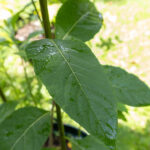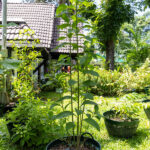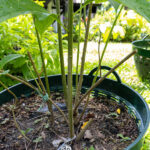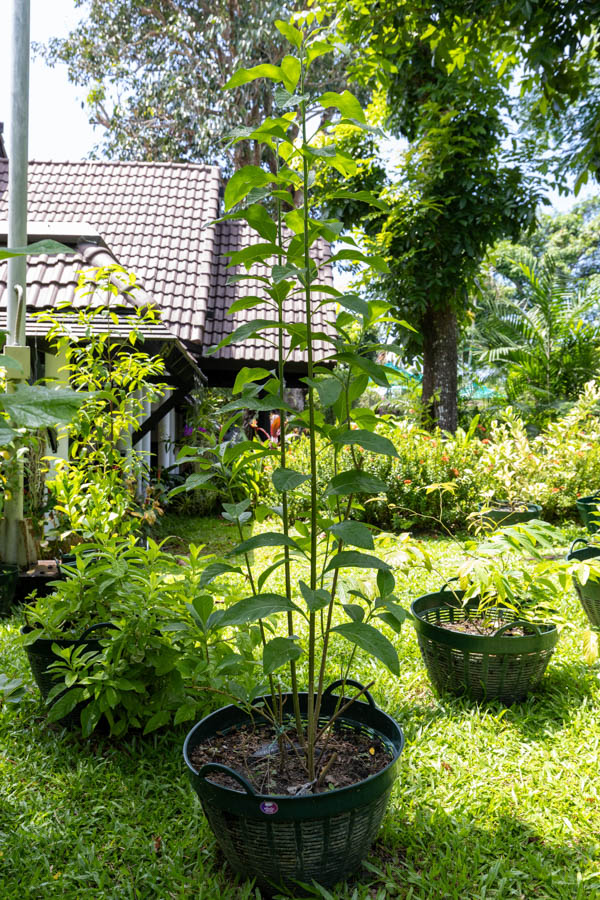เสลดพังพอนตัวผู้ (Saled Phang Phon Tua Phu)
Family: Acanthaceae
Justicia gendarussa, known in Thai as เสลดพังพอนตัวผู้ and in English as Willow-leaved Justicia or Gendarussa, is a perennial medicinal shrub found throughout tropical Asia. It has slender, upright stems and elongated, smooth leaves. The plant is widely used in Thai, Ayurvedic, and Indonesian traditional medicine for its anti-inflammatory and analgesic effects.
Botanical Characteristics
This herb grows 1–2 meters tall with opposite leaves that are narrow, glossy, and slightly serrated. The stems are green and square in cross-section. Small purplish flowers appear in clusters. The species thrives in moist, partially shaded conditions.
Use in Thai Traditional Medicine
Traditionally, the leaves and roots of Justicia gendarussa are boiled or pounded to relieve joint pain, rheumatism, fever, and swelling. It is often used as a component in herbal compresses or balms for muscle pain. The herb is believed to “cool” internal heat and stimulate the body’s natural healing response.
Preparation & Dosage
Common preparations include decoctions made from 10–15 fresh leaves per 500 ml of water, simmered until reduced by half. The extract can be taken in small amounts to relieve fever or used externally as a compress for sprains or inflammation.
Cultural Notes
The name Saled Phang Phon is shared by two related species—Justicia gendarussa (male) and Justicia adhatoda (female)—each with distinct medicinal roles. The male variety is used for external pain and swelling, while the female form is known for treating respiratory conditions.
Cultivation Notes
The plant grows well in warm, humid conditions and tolerates both sun and partial shade. It prefers rich, moist soil and responds well to regular pruning. In the KBE Thai Medicinal Herb Garden, it stands as a classic example of Thai herbal balance—cooling yet strengthening.
Historical Context
Mentions of Justicia gendarussa appear in ancient Ayurvedic and Thai pharmacopeias. The herb was used to treat pain and fever long before modern anti-inflammatories, reflecting deep traditional knowledge of plant chemistry and balance.
Disclaimer: This information is provided for educational and historical purposes only. It is not intended as medical advice. Always consult a qualified healthcare professional before using any herbal preparation.




